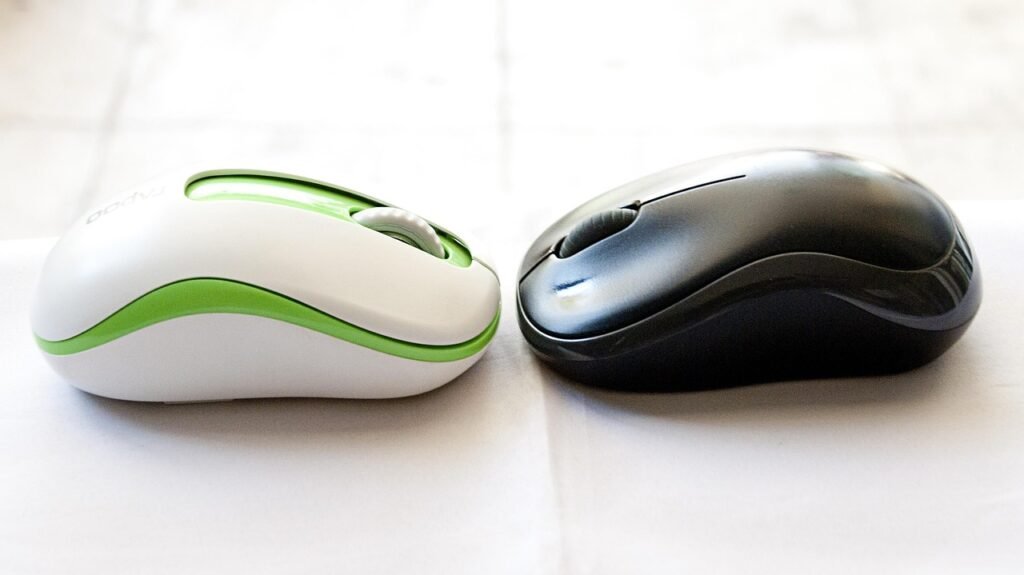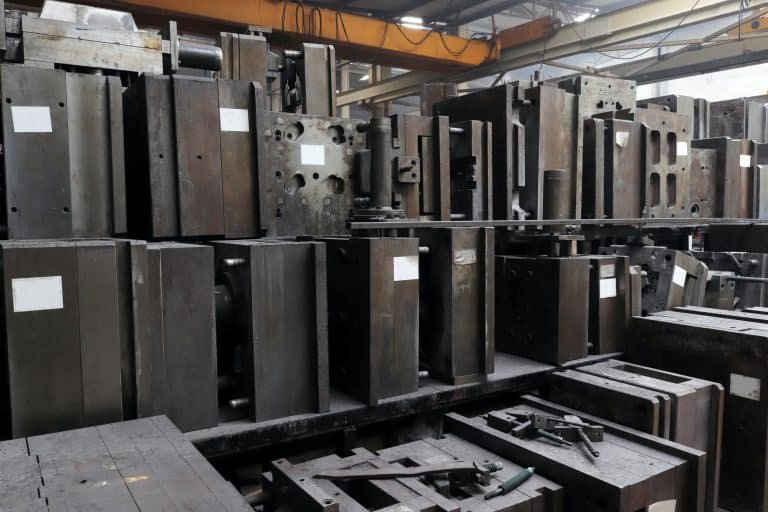Post-Processing Techniques
Injection molding is a highly efficient process for manufacturing plastic parts, but the journey doesn’t end when the part comes out of the mold. Various post-processing techniques are employed to meet precise specifications and ensure the best quality. These techniques improve the products’ functionality and aesthetics and prepare them for their intended applications. In this article, we will explore some of the most common post-processing techniques used in injection molding, including mechanical assembly, packaging, printing, and kitting.

Mechanical Assembly
Mechanical assembly is a crucial post-processing technique, especially for complex products that require the integration of multiple components. This process involves the manual or automated assembly of parts to create a finished product.

Benefits:
- Enhanced Functionality: By assembling different components, manufacturers can create complex products that serve multiple purposes.
- Quality Assurance: Each assembled unit is tested for functionality, ensuring that the final product meets all quality standards.
- Customization: Mechanical assembly allows for the incorporation of specific features tailored to customer needs.
Applications:
- Automotive Industry: Assembling parts like dashboards, instrument panels, and other interior components.
- Electronics: Putting together casings, buttons, and screens for electronic devices.
Packaging
Packaging is another essential post-processing step, ensuring that products are protected during transportation and reach customers in pristine condition.

Benefits:
- Protection: Proper packaging prevents damage from environmental factors and handling during transit.
- Branding: Custom packaging solutions can enhance brand recognition and provide important information to consumers.
- Efficiency: Streamlined packaging processes can reduce shipping costs and improve logistical efficiency.
Applications:
- Consumer Goods: Attractive packaging for retail products, ensuring shelf appeal.
- Medical Devices: Sterile and secure packaging for medical instruments and supplies.
Printing
Printing often adds labels, instructions, logos, or other important information to the molded parts. This can be achieved through various techniques such as pad printing, screen printing, and digital printing.

Benefits:
- Brand Identification: Adding logos and branding elements helps in brand recognition and marketing.
- Compliance: Printing essential information, such as safety instructions and regulatory compliance details.
- Customization: Allows for personalized designs and information tailored to specific customer requirements.
Applications:
- Toys and Games: Printing colorful graphics and instructions.
- Medical Devices: Marking parts with necessary regulatory and usage information.
Kitting
Kitting involves the gathering of individual items or components that are typically used together and packaging them as a single kit. This is especially useful in industries where specific sets of parts are needed together for assembly or use.
Benefits:
- Convenience: Simplifies the assembly process by providing all necessary components in one kit.
- Efficiency: Reduces the time and labor required to gather parts, improving overall productivity.
- Accuracy: Ensures that all necessary components are included, reducing the risk of missing parts.
Applications:
- Automotive Repairs: Providing all parts needed for a specific repair in one convenient package.
- Healthcare: Assembling kits for medical procedures, containing all required instruments and supplies.
Conclusion
Post-processing techniques are vital in transforming injection-molded parts into finished products ready for the market. By understanding and implementing techniques such as mechanical assembly, packaging, printing, and kitting, manufacturers can enhance the functionality, quality, and appeal of their products.

About BFY Mold
At BFY Mold, we specialize in providing top-notch injection molding and mold manufacturing services. With our state-of-the-art facilities and experienced team, we offer a wide range of services, including mass production, on-demand production, CNC machining, and mirror sparking. Our commitment to quality and customer satisfaction ensures that every product we deliver meets the highest standards. Partner with us to experience excellence in injection molding and post-processing.
For more information, visit our website or contact us directly. We look forward to working with you!









